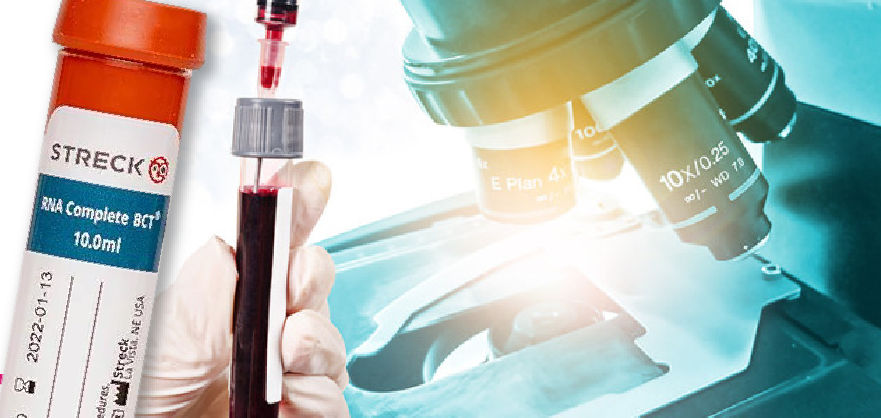7q31, D7S486
D7S486 loss, del(7q31) Loss of a whole chromosome 7(-7) or a deletion of the long arm of chromosome 7, del(7q), occurs frequently in many types of primary cancers including cases of acute myelogenous leukemia (AML). Loss of the D7S486 locus is detected in ~5% of adults with de novo myelodysplastic syndrome (MDS) and in ~50% […]


